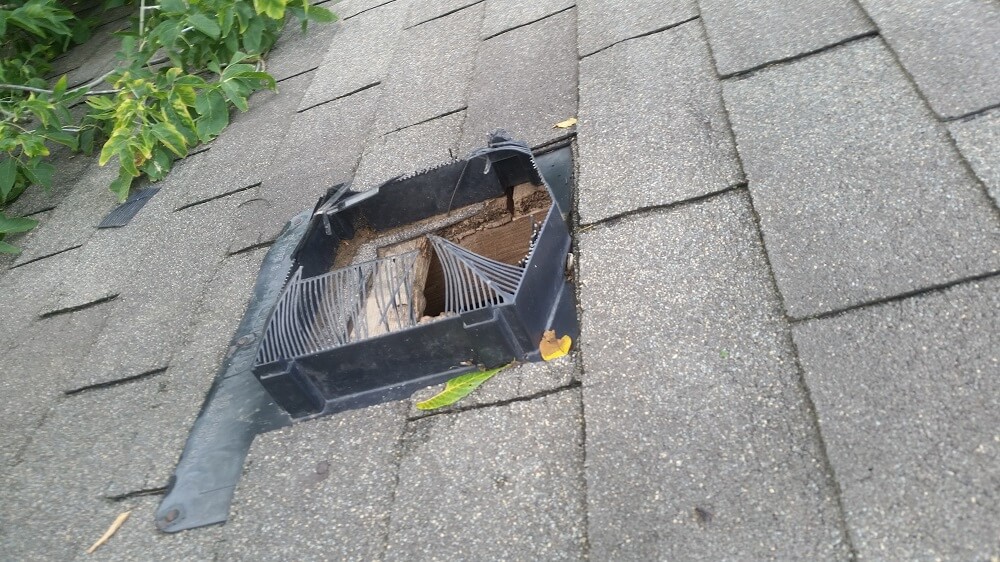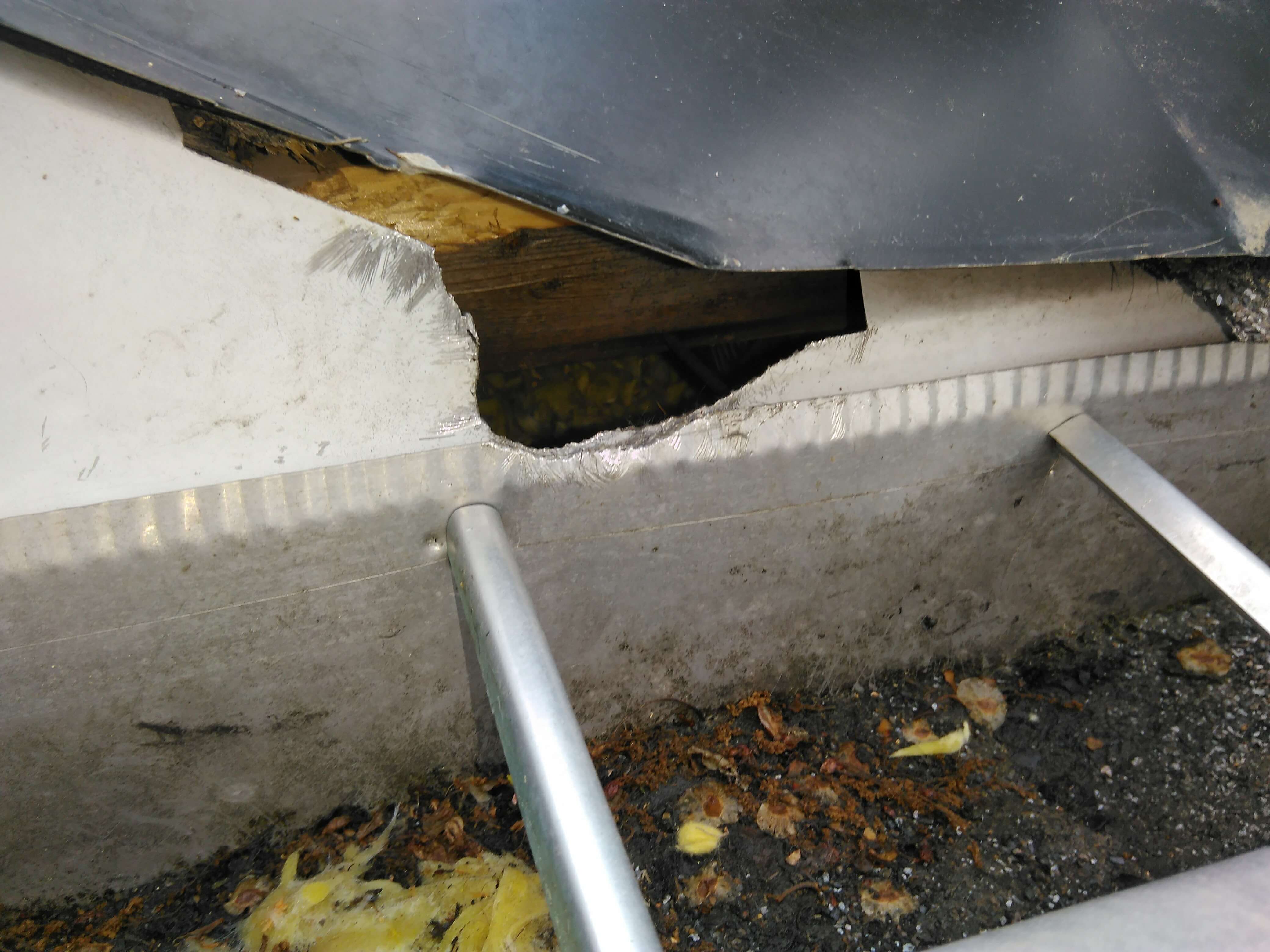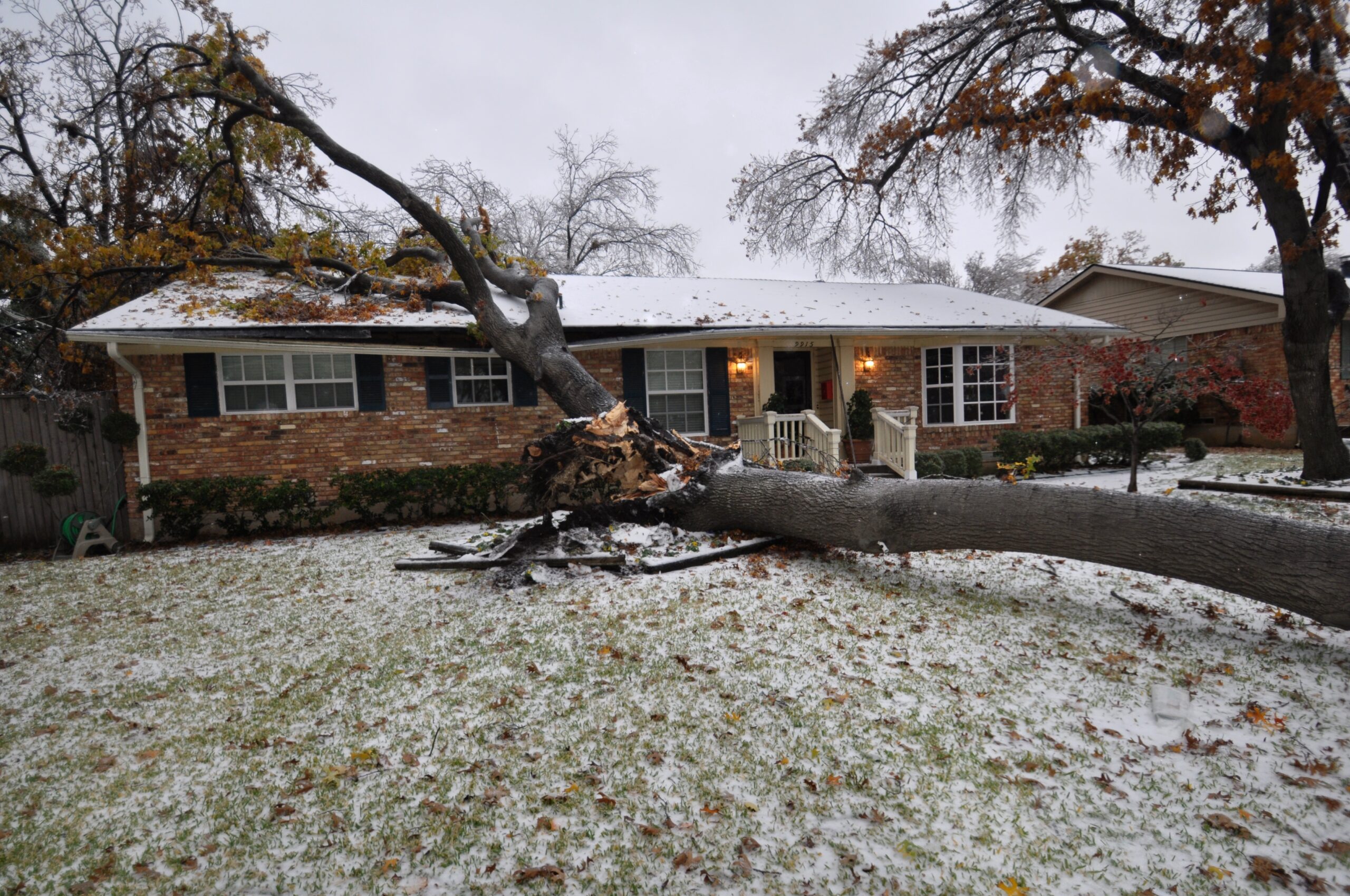As we begin to reach for our hats and sweaters, raccoons, squirrels and mice are hard at work preparing for winter. Shorter days and cooler temperatures help let animals know that food and shelter are soon to be in short supply.
While raccoons, squirrels and mice will slow down during winter, they do not hibernate and certainly do not travel south for winter. These species remain active and in the neighbourhood year round. The warmth and security provided by walls and attics make them ideal winter den sites. Their search for shelter often begins in fall and could lead them into your home where they cause can cause damage and create unsanitary conditions.
Here’s what to look out for this fall:
Mice
During the warm summer months, mice will spend much of their time outdoors. Mice feed primarily on seeds and grains that become harder to find as bird feeders are emptied and the ground becomes covered with snow. These tiny rodents move back indoors during fall in search of food and shelter. Homeowners can expect to see and hear increased evidence of rodent activity during this time as mice hoard food inside wall cavities and attics. This makes fall an ideal time to take rodent control measures; including cleaning and securing any potential food sources in metal or glass containers.
One of the most important steps in controlling mice is identifying how they are getting in the home. Tiny gaps and cracks in your home’s exterior leak warm air that mice easily detect with sensitive whiskers. It can take an expert eye to identify every entry point.
Raccoons
These pesky critters belong to the bear family, but they certainly don’t hibernate for winter. Raccoon activity slows down in extreme cold temperatures and a thick blanket of snow makes travel difficult. Instead of leaving their den sites nightly in search of food, raccoons may spend weeks at a time in their dens.

Plastic roof vent covers are easily damaged by raccoons and allow direct access to the attic below
In the lead up to winter, juvenile raccoons that were born earlier in the year begin to leave their mother’s care in search of their own den sites. Raccoon populations inside towns and cities are at their peak during fall and competition for shelter intensifies. This competition ultimately drives raccoons out of the cold and into cosy attics where they are capable of causing considerable damage.
It is important to evict and control raccoons before they have the chance to establish themselves inside the home. The longer raccoons are allowed to live inside an attic the more damage they can inflict and the more difficult it can be to keep them out.
Squirrels
Female squirrels give birth to two litters of babies each year. The first litter is born in early spring, with a second arriving in late summer. This breeding cycle means that female squirrels will often spend early fall rearing their young.

Squirrels have strong teeth that allow them to easily shred thin aluminum
Short days and cold temperatures signal to squirrels that seeds, acorns and walnuts will soon be in short supply. To help them survive harsh winters, squirrels will spend most of an autumn day clipping nuts from trees and hoarding them in the ground and inside tree cavities. Once winter hits and temperatures plunge, squirrels will spend more time inside their dens, emerging during midday to visit food stores.
As with raccoons, squirrel competition for a limited number of winter den sites intensifies during fall. This is the time of year when every squirrel will be intent on securing multiple den sites to help them survive winter. Squirrels nest inside roofs and attics to avoid predators and shelter themselves from the elements. Once inside, their powerful teeth can cause damage to your home.
Don’t wait, Act now!
Remember to inspect your home and roof regularly for signs of damage that could be an open invitation for chilly pests. Acting quickly to remove a wildlife or rodent infestation is the best way to prevent further damage and save you money. Call Skedaddle today!



